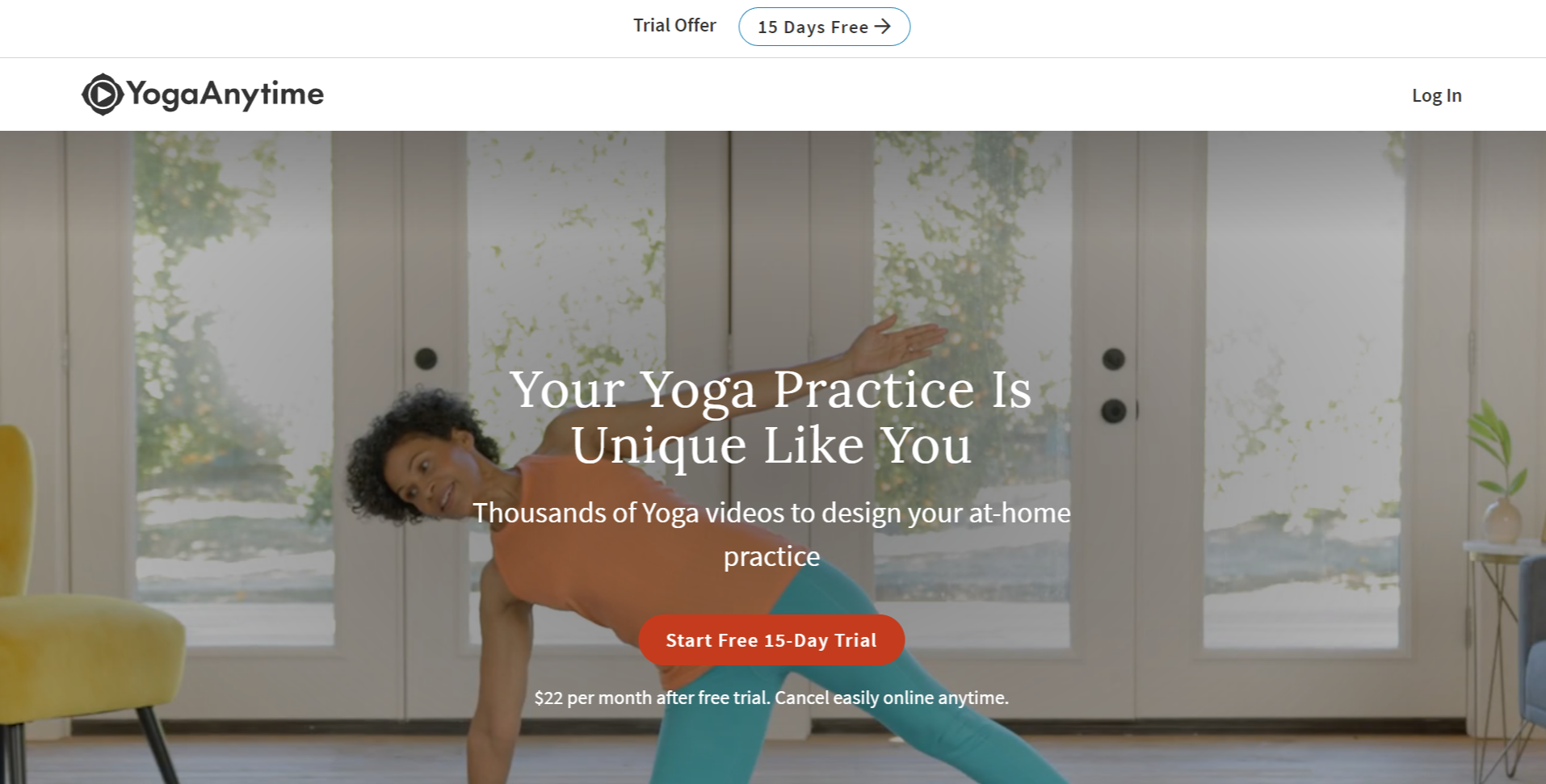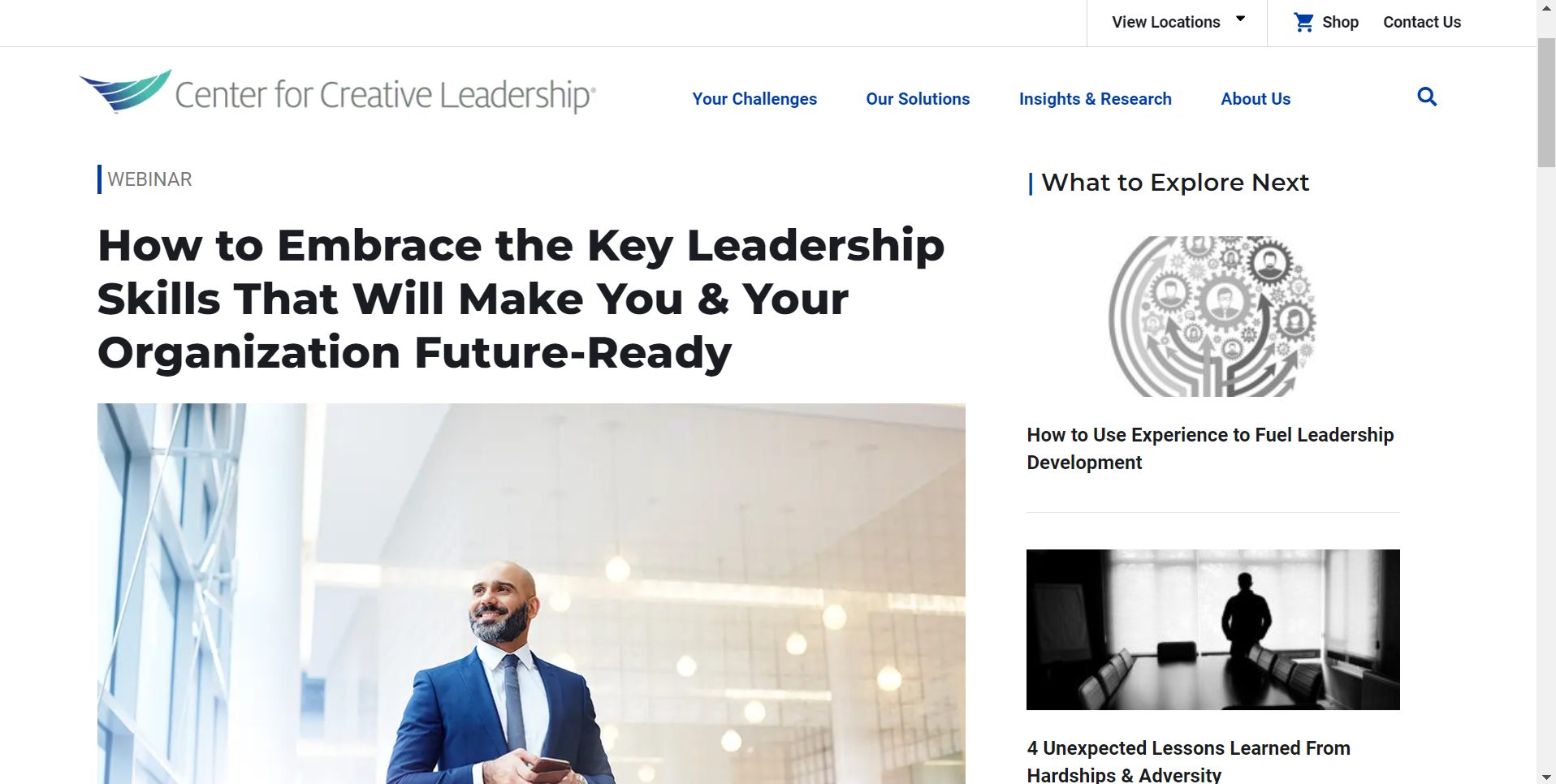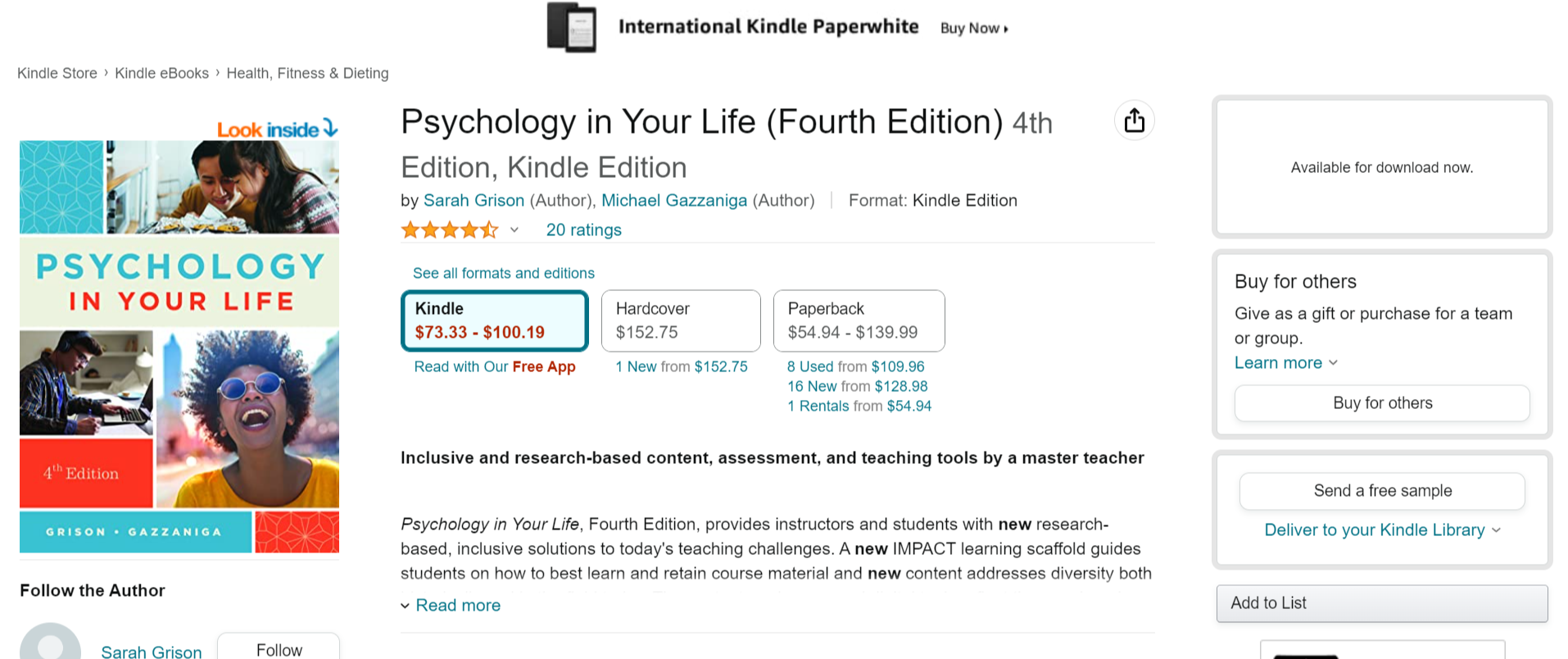An information product is a piece of knowledge you sell digitally to students, allowing them to download or access a product via the internet. Examples include online courses, templates, events, webinars, ebooks, and many more. You can successfully promote your information products with SendPulse’s online course builder, email service, and chatbots.
Why should you create information products?
Selling information products is excellent for those who want to share their knowledge and skills with others but don’t have a huge budget to bring them to life. Ebooks, webinars, online events, courses, and coaching don’t require you to have lots of resources. You can start at home using a course builder or creating a template. Afterward, you can share your product through social media channels like Instagram and Facebook, or special marketplaces like Udemy, YouTube, Teachable, or Skillshare.
Setting up the process and creating your product is easier and faster than establishing a company from scratch and hiring professionals. You can do everything on your own if you have valuable knowledge that people need and are willing to pay well for it. Your main task is to show your expertise in the field and create a quality product that brings value. For instance, if you are a professional SMM manager with huge experience in the field, you can transform your knowledge into an online course. Interested people will appreciate your work and join the classes to receive useful insights. Information products allow you to share your expertise and make money while students get the knowledge they need without visiting special academies offline.
Now that you have some reasons to develop an information product, let’s discover the types of products you can create.
Types of Information Products
We’ve already mentioned that now when the popularity of information products is rising, there are various forms. In this section, we’ll unveil the most popular so that you can decide which one will serve your purpose.
- Online courses. Covid-19 gave impetus to the development of online education. Teachers, experts, marketing agencies, and schools found a way to share knowledge and skills by working from home. It gave a push for online courses. These are learning programs organized into units containing different information. Students can gain the necessary knowledge in virtual space. Depending on your requirements, it might take you a week or a year to create a quality course. If you have specific knowledge in certain areas, you can share your expertise and make money without any need to meet up with students face-to-face. SendPulse’s online course creator enables you to design professional courses within minutes with the help of professional ready-to-go templates.
- Ebooks. When people become more conscious about the environment, readers switch to electronic books like Kindle. They use laptops or smartphones to explore new sources of information. That’s why many experts create ebooks. It will take several weeks to write an ebook and share it with your audience.
- Workbooks and templates. Online learning opened new types of businesses. When people lack skills in specific fields, they search for templates. Templates are useful both for students and workers. For example, to design a professional CV, you should know how to make it right. The process might take a lot of effort and time if you do it for the first time. However, special platforms and websites help you design eye-catching and good-looking CVs based on your job position. Probably everyone knows Canva, a graphic design company that enables you to make social media graphics and presentations with pre-written templates. Workbooks bring many advantages to students: they help keep all information in one place and recall fast, allow students to practice their skills, and make lessons more effective.
- Membership websites. There are many communities shaped based on people’s specific needs, desires, skills, interests, etc. If you create such a community, you can sell membership plans to your students. Choose a topic you specialize in and conduct research to find out how many people might be interested. If you find your area popular, you can establish a website and develop a membership. To gain value from the website and access your content, people will need to pay a certain amount of money. It’s your way of making money online.
- Webinars. A webinar is an online event you host on a specific platform for your audience to provide them with specific knowledge. With a webinar, you can reach your viewers online via the internet and share all the essential information with them during the scheduled time. It’s a convenient and cost-effective way of online teaching since it doesn’t require you to spend a lot of time and resources to create it. An average webinar lasts around 60 minutes, so you won’t need much effort to prepare one for your students. However, it will help you promote your product and encourage people to engage.
Now that you know the types of information products, it’s time to find out how to create one.
How to create an information product?
In this section, we’ll unveil how to develop an information product step by step. Follow our guide to obtain good results and reach your business goal.
- Research popular information products. The first step requires you to research the market. It will help you determine which information products people prefer the most and where the competition is the lowest. This way, you’ll be able to successfully enter the market and build your audience. Discover new marketplaces for online courses like Coursera and Udemy if you focus on this type of product. With their help, you’ll be able to identify the most popular courses. Explore other sources of information to look for data about other information products.
- Decide on the product you want to create. Once you conduct research, choose one product you want to create. Analyze all the pros and cons to be aware of when developing your information product. You should also make sure that you and your team have all the necessary skills and knowledge to present a quality product that is valuable for your students.
- Create and launch. When developing an information product, make sure that it’s actionable. If you teach something, be as simple and clear as possible so that students can perceive your information well. Your product should not confuse, but rather explain everything clearly. After explaining topics in detail, provide examples and case studies. This is the best way for students to figure out how it works. After ensuring everything is ready, feel free to launch your product. When promoting your information product, select the channels your audience prefers the most, like Instagram, Facebook, WhatsApp, and Telegram, and set up chatbots with SendPulse.
- Find the best ways of promotion. Use paid advertising for social media platforms like Instagram, Facebook, and YouTube and search ads to reach your audience. Conduct research to identify where your potential clients spend most of their time and target these platforms. You can use affiliate marketing. Find partner websites, companies, or individuals to promote your information product. Establishing a community is also a great idea for attracting students. However, it might take longer than launching a paid ad on Instagram. Consider writing blog posts, hosting free events, offering a complimentary upgrade to your potential clients, and running giveaways to draw attention to your product. Use SendPulse’s bulk email service to spread the word about your events and offers.
- Evaluate the results. Once you release your product and promote it through popular platforms and search ads, it’s time for assessment. Analyze your results and find gaps. These areas should be improved for better results.
Now that you know how to create an information product, you need to understand how to promote it on the internet. In the next section, you’ll find effective approaches to create buzz around your product.
How to promote an information product?
The channels you choose to promote your information product depend on your target audience and marketing strategy. We’ll provide you with the most appropriate scenario marketers use to promote products via the internet.
- Create a landing page. It will serve you as a place where people will find out all the details about your product and explore its value. Consider creating a lead magnet offering to subscribe to your yoga lessons on YouTube. With SendPulse, you can design your landing page based on your requirements by using templates. It will take you minutes to create a landing page that will attract people and encourage them to buy your information product.
- Buy paid advertising on social media. Once you develop a landing page, it’s time to think about promotion on social media. With these platforms, you’ll be able to bring prospects to your website. After purchasing space on Instagram or Facebook, you can display your ads or sponsored marketing messages on these networks and target specific audience segments. This way, you’ll be able to generate organic traffic to your website and communicate the necessary message to your potential students.
- Use a chatbot to communicate with your prospects. After users subscribe to your updates, you can launch a series of messages via your chatbot. This series of welcome messages will provide your potential students with all the details about the course, experts, webinars, and other events. Once your prospects explore all the peculiarities, the chatbot will offer to get a free introductory lesson or a discount for your online course. SendPulse empowers you to develop various scenarios of chatbots for Instagram, Facebook, and Telegram without any knowledge of the code and the help of developers.
- Send a video lesson to tell the details of your product. If users agree to accept your free introductory lesson, you can share specific information and invite them to explore the topic more deeply. Interest your future students with the information and skills they searched for. Ensure your lessons, tips, and best practices will be helpful.
- Provide a discount for your product to attract more students. Set up your chatbot to send a message with a discount to encourage prospective customers to join your courses, classes, or events. An attractive offer will always make your users consider buying the course, joining the webinar, or purchasing your templates. To stimulate the fear of missing out, consider offering a limited-time offer and encouraging you to pay immediately to keep the discount.
Now that you know the best ways of promotion, it’s time to see some examples to give you some inspiration for your future product.
Examples of Information Products
You can find information products on the internet, and their variety impresses. More and more people depend on the internet to gain new knowledge and skills in multiform areas. Let’s explore some of the most popular types of information products from famous companies.
Club Life Design — Online Academy
Club Life Design is a great example of an academy with online courses. Students learn how to create quality content that attracts followers, grows their communities, and establishes income streams. The academy provides courses about building a successful account on Instagram, photo editing, posing, etc.

YogaAnytime — Membership Site
YogaAnytime provides you with yoga classes of different levels you can access anytime and anywhere. After signing up, you get a 15-day free trial to explore 150+ yoga shows featuring a theme, teacher, or style so that you can personalize your yoga classes based on your skills and needs. With this membership site, you can learn different types of yoga, like Vinyasa, Ashtanga, Restorative & Yin, and Kundalini. Videos help you learn to meditate and chant.

Center for Creative Leadership — Webinar
On the website, you can find plenty of webinars that focus on leadership skills. The speaker in the pre-recorded video narrates how to become an effective leader, provides four key timeless leadership skills, and how to enhance the portfolio of leadership skills.

Psychology in Your Life — eBook
eBooks occupy an important part of human life. They help people gain new knowledge, get new skills, and improve themselves without harming nature. “Psychology in Your Life” is one of the examples of books popular among young people. It conveys the importance of psychology in students' everyday lives.

Congrats, now you know the most popular types of information products and how to promote them. Register with SendPulse to create an online course, design a landing page, and launch a chatbot for better promotion.
Last Updated: 22.03.2023

or